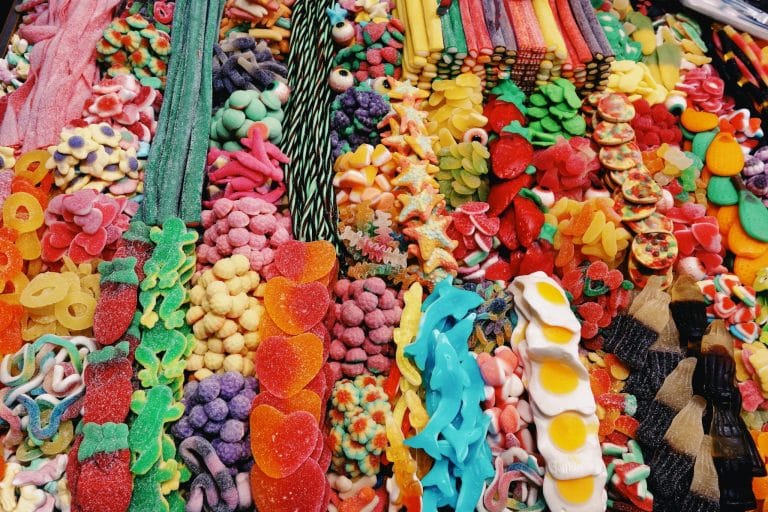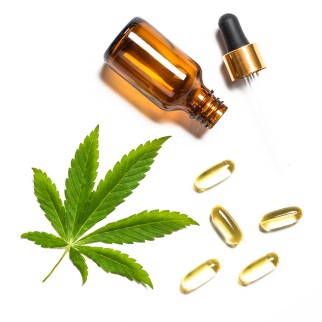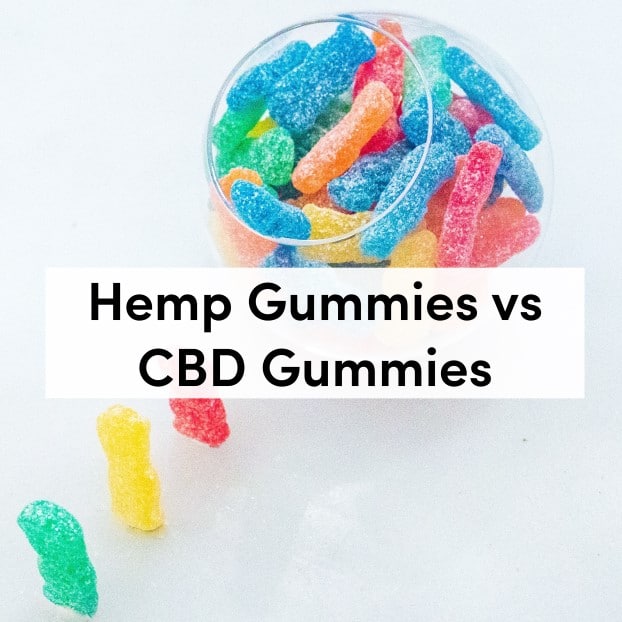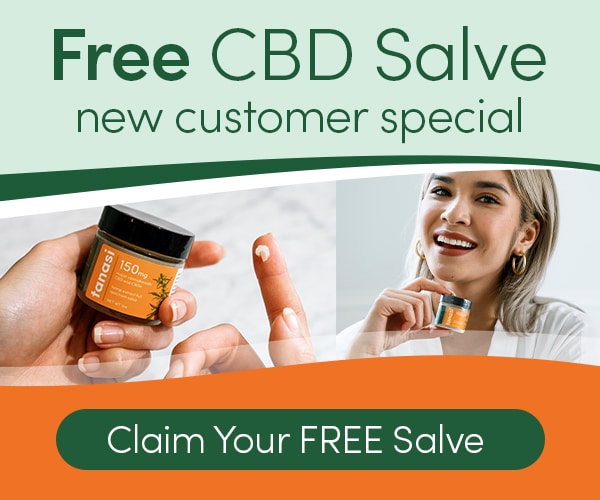Full Spectrum CBD Gummies With THC
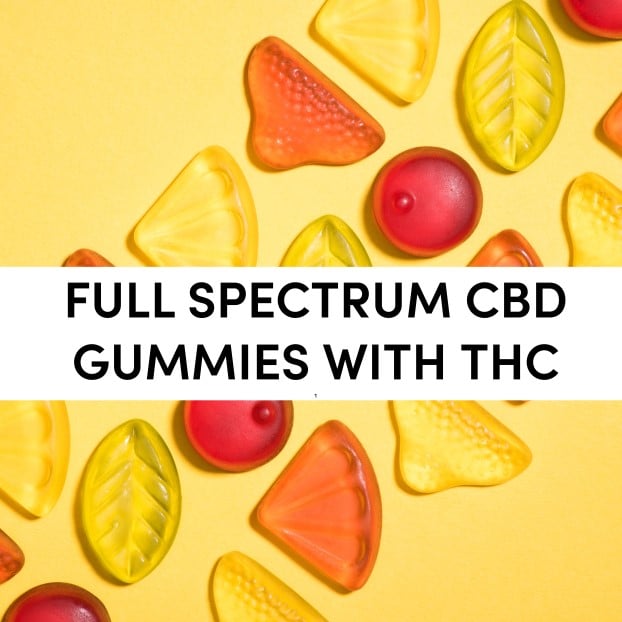
Posted on August 10th, 2021
Cannabinoids were recently discovered, and since then, THC, and CBD became, by far, the most researched of these compounds. And, when it comes to CBD, there seem to be new products every day! Among these are CBD gummies, edibles that offer a discrete and fun to explore this cannabinoid. But are CBD gummies necessarily the same as full-spectrum CBD gummies with THC? Read on to find out.
What are Cannabinoids?
Cannabinoids are a family of compounds that have the ability to bind with cannabinoid receptors inside our bodies. When that happens, they deliver several different, usually positive effects. Cannabinoids of all kinds, therefore, have extensive potential for therapeutic uses. And these compounds are generally classified into three different categories: phytocannabinoids, endocannabinoids, and synthetic cannabinoids.
Phytocannabinoids are naturally occurring plant compounds, found in abundance in the cannabis family of plants. Endocannabinoids, also known as endogenous cannabinoids, are those your body synthesizes in its nerve cells. They modulate your central nervous system’s functioning, maintaining homeostasis in the body.
Endocannabinoids also play a vital role in these systems in your body:
- Cardiovascular
- Gastrointestinal
- Reproductive
- Immune
- And skeletal systems
Synthetic cannabinoids are man-made. They bind to the same cannabinoid receptors as the other two categories. Depending on the way they’re manufactured, synthetic cannabinoids may produce stronger or milder effects than natural CBD or THC.
What is CBD?
Cannabidiol, commonly known as CBD, is one of the cannabis plant’s naturally occurring cannabinoids. While research is still in early stages, CBD appears to have neuroprotective, antioxidant, and anti-inflammatory properties.
As a result, many people turn to CBD for help with:
- Anxiety and depression.
- Pain and inflammation.
- Sleep disorders.
- Seizures.
- Neurodegenerative disorders.
- Acne.
- And nausea.
Unlike other cannabinoids such as THC, CBD has a low binding affinity for CB1 and CB2 receptors. It mainly interacts with neurotransmitters associated with serotonin. Particularly, this cannabinoid works by activating other receptors and channels. And that’s how it delivers its effects.
At the chemical level, CBD activates the 5-HT1A serotonin receptor. That makes your body release serotonin. And, when that happens, you may feel less pain, nausea, vomiting, and anxiety.
Where Does CBD Come From?
Naturally, CBD develops in cannabis plant resin glands. Then, its stored in the plant buds, leaves, and stems. When forming in hemp plants, CBD begins as Cannabidiolic acid (CBDA), an inactive acidic form of CBD. The acidic form only converts to CBD through the process of decarboxylation, which is a process that involves heating the plant material.
Is hemp the same as marijuana?
Recently, the 2018 Farm Bill legalized industrial hemp. But that raised lots of questions regarding its similarity to marijuana. Possessing and using marijuana remains illegal in some states, and most people don’t understand the legal difference between these two plants.
At their core, hemp and marijuana are the same plants. They are both subspecies of the Cannabis L. genus. But they differ in their chemical composition and use. Legally, hemp and marijuana are different because marijuana contains THC levels above the legal limit of 0.3%. Meanwhile, THC levels in hemp are below 0.3%.
People also use these plants differently. For years, hemp was celebrated for its industrial benefits, while marijuana got attention for its recreational and medicinal benefits. People used hemp to produce thick fibers and to manufacture textiles, paper, rope, and fuel. Marijuana, also known as weed, herb, pot, Mary Jane, was mostly used for recreational purposes, because of the THC-induced euphoric feeling it delivers.
Will You Get High From CBD?
Probably the greatest concern among CBD enthusiasts is whether the product gets you high. While these concerns may seem far-fetched, there are full-spectrum forms of CBD with THC. So its actually a reasonable worry.
Still, you don’t need to worry, as long as you source your full-spectrum CBD from hemp. That’s because CBD isn’t psychotropic, and won’t deliver the euphoria associated with THC. Even if CBD products have trace amounts of THC, they won’t get you high.
Types of CBD
Manufacturers can extract CBD from hemp or marijuana; some CBD contain THC, while others don’t. The forms of CBD available include:
CBD Isolates
These are pure forms of CBD, meaning that they don’t contain THC or any other cannabis compounds. That means it doesn’t include flavonoids, terpenes, or other cannabinoids. Manufacturers extract CBD isolates through chromatography, which essentially eliminates any compounds other than CBD. It also helps get rid of impurities in your extract, meaning that isolates will be nearly 100% pure CBD.
Full Spectrum CBD
This type includes CBD as well as the other cannabinoids and additional compounds like flavonoids and terpenes. Full-spectrum CBD contains a range of compounds that synergistically interact, delivering a greater effect. Even though full spectrum CBD contains some THC, using it won’t get you high, since the THC levels are too low to do so.
Broad Spectrum CBD
Broad-spectrum CBD contains all cannabis cannabinoids except THC. The overall effect is stronger than that of an isolate. But, according to enthusiasts, its slightly weaker than that of a full spectrum product.
Ways of Taking CBD
There are plenty of CBD products on the market, and due to their nature, many require different administration methods. Probably the most common product on the market is CBD oil, which you can take in various ways. The most common are:
Sublingually
CBD oils and tinctures are perfect for sublingual application. That means placing a few drops under your tongue, then waiting a few seconds before swallowing. According to health experts, taking CBD sublingually increases its bioavailability as it can enter your bloodstream directly.
Drinking
It’s possible to mix CBD oils and tinctures with hot beverages or smoothies. This is a great alternative if you wish to take your CBD when enjoying your cup of coffee.
Vaping and Smoking
You can roll high-CBD hemp into a joint and smoke it. Alternatively, you can use a vaporizer with a cartridge full of CBD oil. You can even inhale CBD concentrates with a vape pen containing a chamber for concentrates.
Smoking and vaping are common methods of taking CBD products for recreational purposes. They’re very efficient when it comes to delivering the effects of CBD, as they increase its bioavailability to 50% and above. By smoking or vaping any CBD product, the cannabinoid quickly rushes to your lungs, delivering its effects at a faster rate.
Topically
CBD topicals are something you apply directly to the skin and mainly used for pain relief and acne treatment. Common CBD topicals include CBD-infused lotions, salves, creams, balms, and transdermal patches. For better results, you’ll want to choose a topical with a high amount of CBD as the skin’s permeability is poor compared to the mucous membranes.
Ingesting
Recently, CBD edibles became a preferred method of taking cannabidiol. CBD Gummies, sweets, and foods like cookies are all common edibles today and are fast gaining popularity. Some require sophisticated manufacturing, while some you can easily bake in the kitchen.
What are CBD Gummies?
These are edible candies that contain CBD. They come in various shapes, colors, flavors, and CBD concentrations. They offer users a discreet and easy way of ingesting CBD and help with anxiety relief, pain, and inflammation, even when at work. Just like other CBD products, there are various types of gummies, including full-spectrum CBD gummies with THC.
Why CBD Gummies?
The idea behind CBD gummies is to just put CBD into something people already enjoy, like gummies. Users particularly enjoy their ease of use and discreteness. Besides the potential health benefits of CBD, however, some users think full-spectrum CBD gummies with THC will get them high. Is this true?
Will Full Spectrum CBD Gummies with THC Get You High?
CBD gummies are effective in delivering the potential benefits of CBD. However, these products are ingested, which leads to lower bioavailability of CBD. Likewise, full-spectrum CBD gummies with THC do have low availability of CBD and, likewise, of the little THC contained in them. Remember, CBD products contain 0.3% or lower THC, if any at all. Thus, it is not enough to get you high, and it’s even less than enough to do if you are ingesting them orally. Some of the compounds will undergo metabolization in the liver that will inevitably absorb a part of it when traveling down the stomach. Thus, even in the case you ate over thousands of full-spectrum CBD gummies with THC, it’s unlikely they would ever get you high.
Full Spectrum CBD Gummies with THC – The Takeaway
CBD gummies offer users an easy and subtle way of using this cannabinoid for its potential health benefits. Moreover, barring isolates, THC in these gummies has the lowest chances of ever getting you high.

